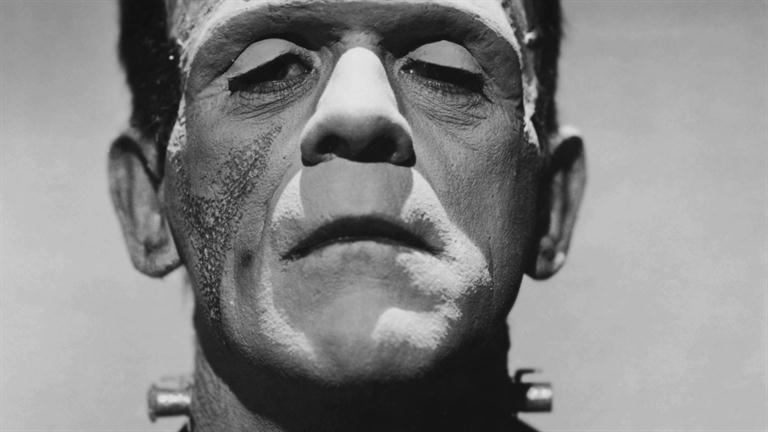Jack The Ripper soaked the back alleys of London with blood, while Sherlock Holmes hunted down the depraved and debouched.
Yes it’s true that many dark, twisted tales spawned in the repressed and ultra-conservative society of Victorian England.
But there are none that compare to the classic horror story, Frankenstein.
Penned by a woman, no less; in its day, Frankenstein was gruesomely scary.
The storyline goes like this … an obsesssed scientist (AKA Victor Frankenstein) assembles a gigantic man-monster from scavenged body parts. What could be worse?
Hmmm … well he reanimates the stitched together body and suffers wracking guilt for creating such a hideous progeny.
What he had envisaged as a ‘perfect’ creature of beauty, was hideous to his eye.
After bringing his creation to life, Victor was repulsed by his work:
“I had desired it with an ardour that far exceeded moderation; but now that I had finished, the beauty of the dream vanished, and breathless horror and disgust filled my heart.”
But what does this have to do with your website?
Victor hadn’t really thought about his audience
What were people to think? His desire to create something was merely selfish.
He hadn’t walked in the shoes of his audience, or looked at the idea through their eyes. What they saw was a frightening monster.
Worse still, that hideous appearance was the root cause of its inability to make contact and connect with people.
This story plot is the archetypical tale of many websites
Many sites are created through the eye of the creator, not the end-viewer.
What results is a site that drives away more people than it attracts.
A website is for selling; no matter whether it’s meant to inform, gather subscribers, collect data or promote a product or service.
Its purpose is to convert people to your way of thinking
To do that, there are certain fundamentals:
- It needs to relate to your customers (not revolt them like a monster-man creation).
- It must show how your product/service/self can directly benefit your audience (what can this monster do for me).
- Your site visitors are either skimmers or seekers – help them both achieve what they want (create something that gives them what they need).
- The site needs to be approachable (not frightening).
Victor Frankenstein forgot other vital ingredient
- The anatomy of your site affects the results you’ll achieve.
- The content on your website should be stitched together so that it appeals to the emotions and wants of your readers, not just your obsessive desire for perfection.
- Each section of the site should have a specific contributing role to the overall objective.
- The guts of a website should fit together like the anatomy a body – with no one part being more important than the other:
PURPOSE |
PAGE |
| Hit them with benefits | HOME page |
| Describe features | PRODUCT/SERVICE pages with descriptions and features/benefits |
| Build trust along the journey | TESTIMONIALS, CASE STUDIES, GUARANTEES, PROJECT REVIEWS, CONTACT INFORMATION |
| Ask for the sale | ORDER PAGE, SHOPPING CARTS |
The reason you’ve used each part is pivotal to the end story
Victor Frankenstein may have been able to “bestow animation upon lifeless matter,” but he created a monster of gigantic proportion – almost eight feet tall – that was abhorrent to all, including himself.
His dream vanished and success eluded him.
The creation was unable to make personal contact and was abandoned.

